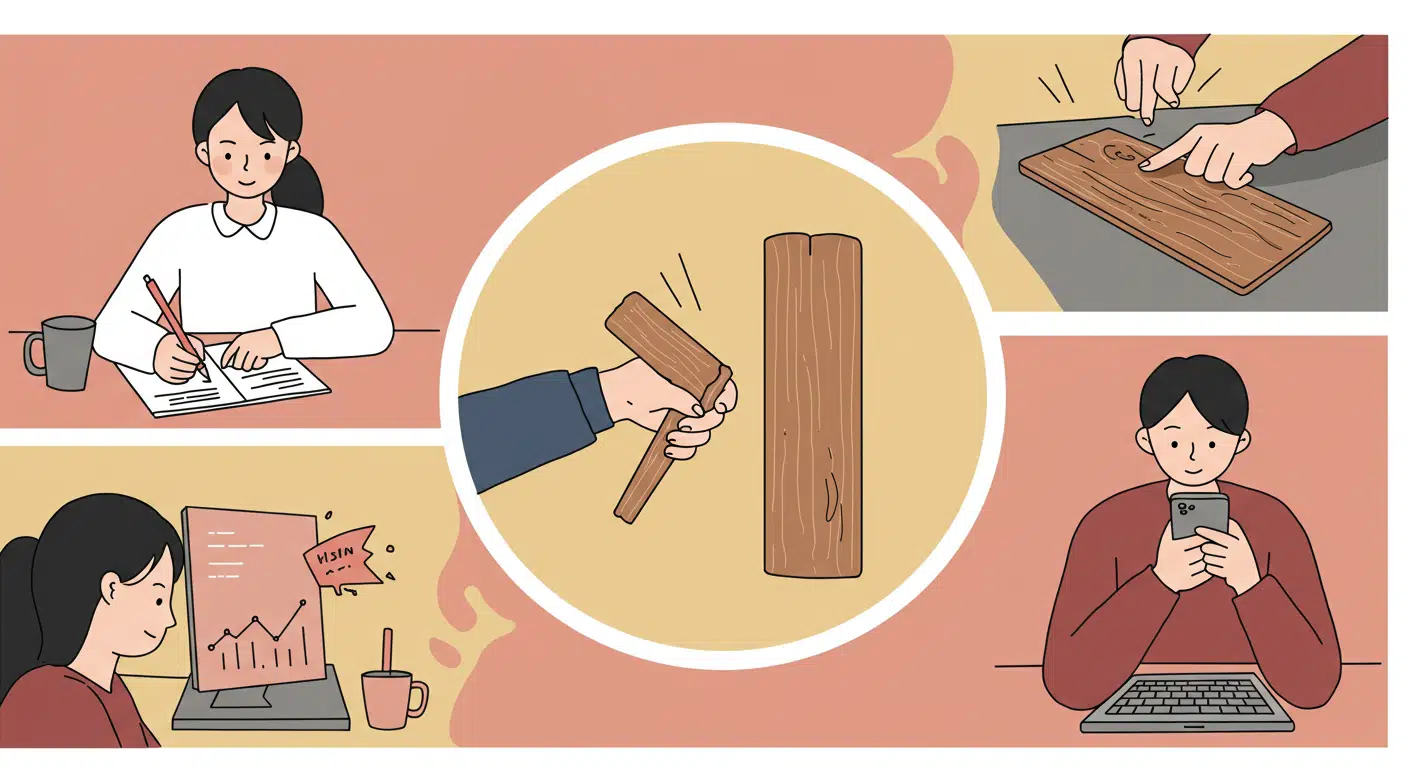Wind chimes—especially those made of metal—are traditionally believed to repel evil spirits, negative energies, and harmful supernatural forces. Their melodious sounds are said to disrupt malevolent influences and prevent spiritual intrusion, while simultaneously attracting harmony and good fortune. The type of material, the location, and the tone of the chime are often tailored for specific protective purposes.
The belief that sound can alter spiritual environments reflects a longstanding human practice of using ambient noise as both comfort and defense. Sound-based spiritual tools appear across cultures, often functioning both practically and symbolically.



